Common DIY Tree Care Mistakes to Avoid (And Why They Can Cost You More in the Long Run)
Trevor Soltys & Paul Kasper
Maintaining the trees on your property is crucial for safety, aesthetics, and overall tree health. While it may be tempting to handle tree care on your own, many homeowners make critical mistakes that can lead to long-term damage, increased costs, or even safety hazards. Here are some of the most common DIY tree care errors and why hiring a professional arborist can save you time, money, and stress.
1. Improper Pruning Techniques
Pruning is essential for tree health, but improper cuts can weaken trees, encourage disease, or cause structural instability. Common pruning mistakes include:
Over-pruning: Removing too much foliage at once can stress a tree and hinder its ability to produce energy through photosynthesis.
Topping: Cutting off the top of a tree encourages weak, fast-growing branches that are prone to breaking.
Flush cuts: Cutting branches too close to the trunk removes the natural barrier against decay, leading to rot and disease.
Hiring a certified arborist ensures that trees are pruned correctly, promoting healthy growth while maintaining structural integrity.
2. Ignoring Disease and Pest Issues
Tree diseases and pest infestations often go unnoticed until significant damage has occurred. DIY treatments, such as using the wrong pesticides or fungicides, can make matters worse or be ineffective. Some signs of trouble include:
- Discolored or wilting leaves
- Fungal growth on bark or roots
- Unusual insect activity or holes in leaves
A professional arborist can diagnose and treat problems early, preventing costly removals or irreversible damage.
3. Planting Trees in the Wrong Location
Many homeowners plant trees without considering their long-term growth potential. This can lead to:
- Root damage to foundations, sidewalks, or underground utilities
- Trees outgrowing their space, requiring removal
- Poor soil conditions stunting growth
An expert can help select the right tree species and planting locations to ensure longevity and minimal future maintenance.
4. Using Improper Mulching Techniques
Mulch is beneficial for retaining moisture and protecting roots, but incorrect application can harm trees. Common mulching mistakes include:
Mulch volcanoes: Piling mulch too high around the trunk suffocates roots and encourages rot.
Using the wrong mulch: Some mulches deplete soil nutrients rather than enriching them.
A professional will apply mulch correctly to maximize tree health and minimize risks.
5. Failing to Recognize Structural Hazards
Trees with weak limbs, cracks, or internal decay pose serious risks to people and property. Many DIYers fail to recognize structural hazards, leading to:
- Unexpected limb failure during storms
- Tree collapse, causing property damage
- Liability risks if a falling tree injures someone
An arborist has the training and tools to assess tree stability and perform necessary maintenance or removals safely.
6. Using Improper Tools and Techniques
Tree care requires specialized equipment such as chainsaws, climbing gear, and stump grinders. Using the wrong tools or techniques can result in:
- Personal injury from falls or improper equipment handling
- Damage to the tree, leading to disease or instability
- Inefficient work that requires costly corrections
Professionals have the right tools and experience to complete tree work safely and efficiently.
The True Cost of DIY Mistakes
While DIY tree care may seem like a cost-saving measure, improper techniques can lead to expensive consequences, including:
- Emergency tree removal costs from damage caused by weak or improperly pruned trees.
- Higher maintenance costs due to stress or disease caused by poor care.
- Property damage repairs from falling branches or root issues.
- Potential liability claims if a hazardous tree injures someone.
Why Hiring a Professional Saves Money in the Long Run
A certified arborist provides expertise that prevents costly mistakes and ensures trees remain healthy and safe. Professional tree care includes:
- Proper pruning to enhance growth and stability
- Early detection of diseases and pests
- Strategic planting and maintenance
- Safe and effective removal of hazardous trees
Investing in professional tree care now can prevent expensive problems down the road, protecting both your property and your wallet.
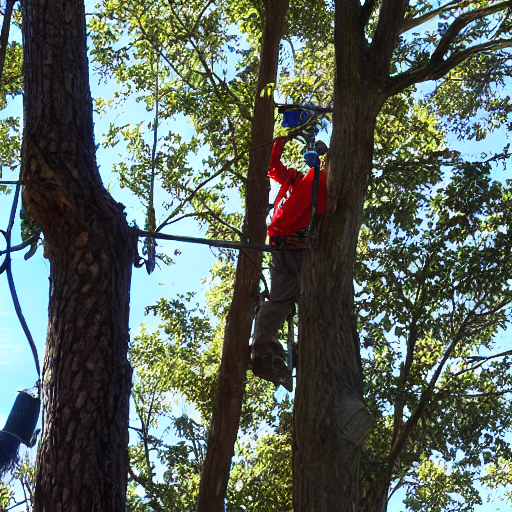
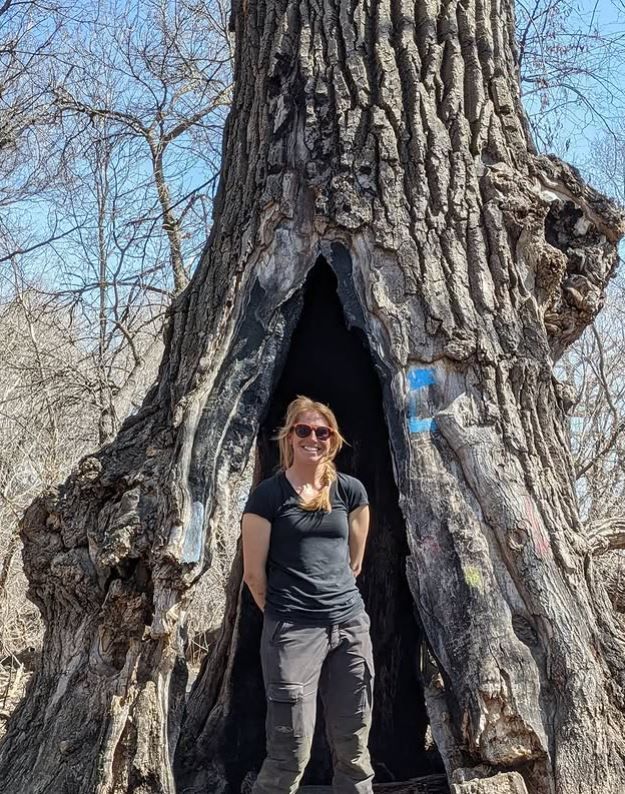
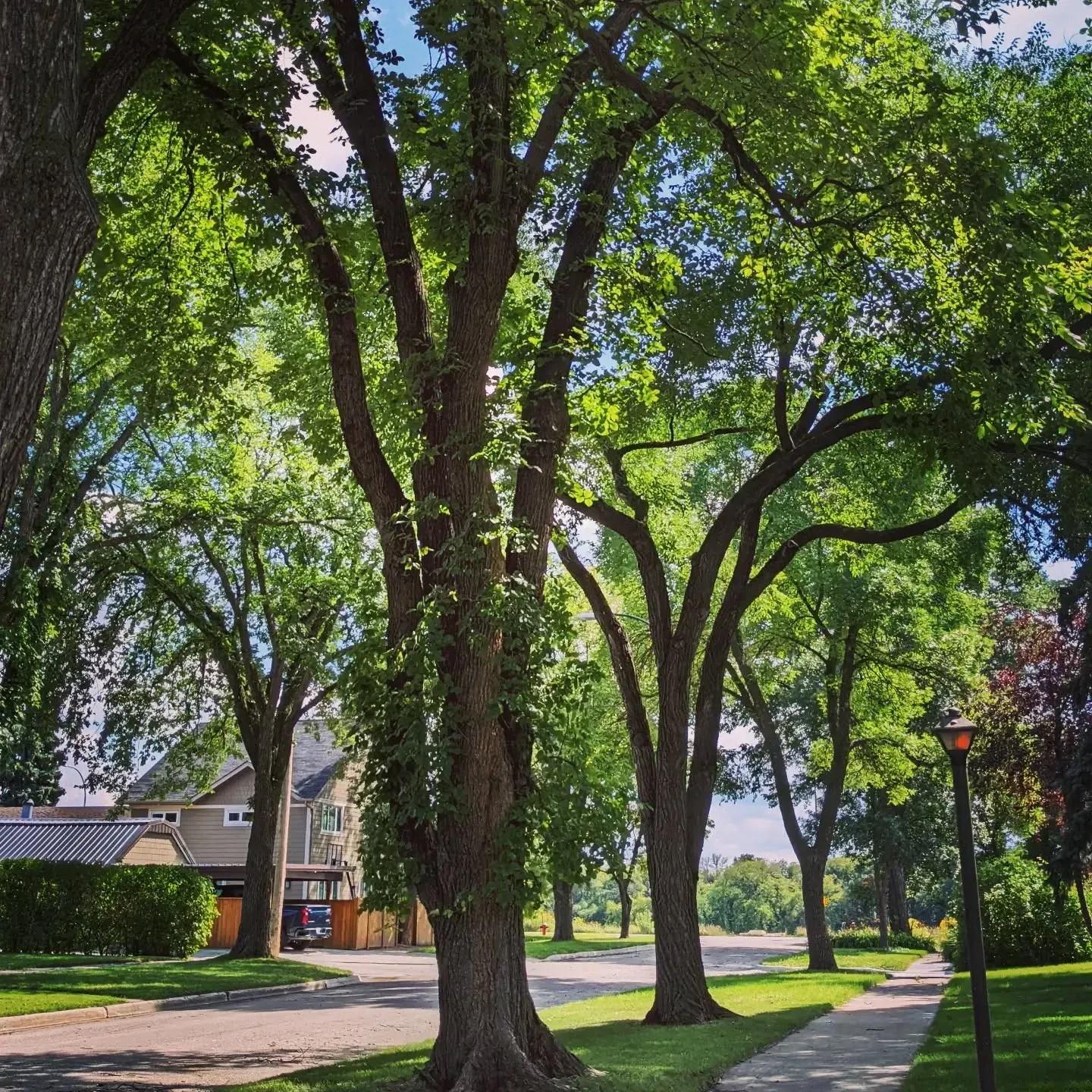
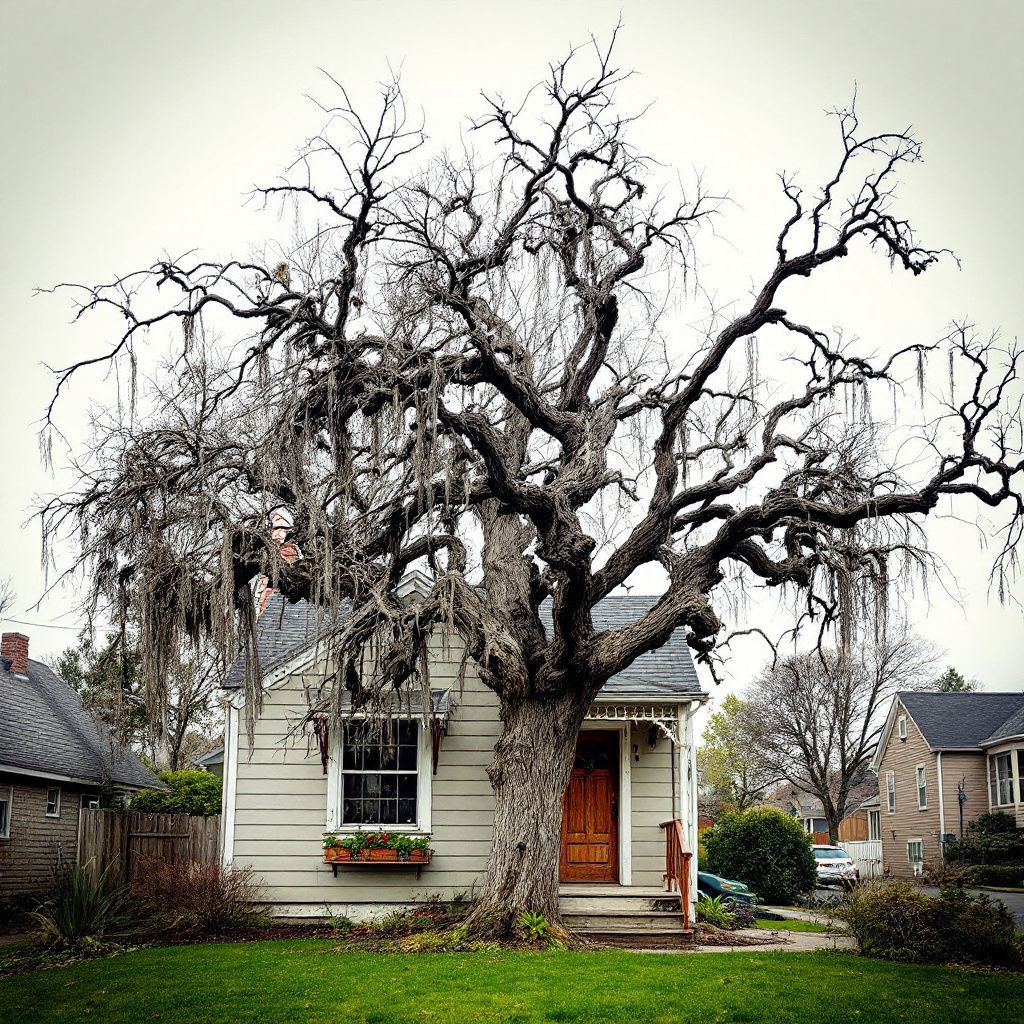
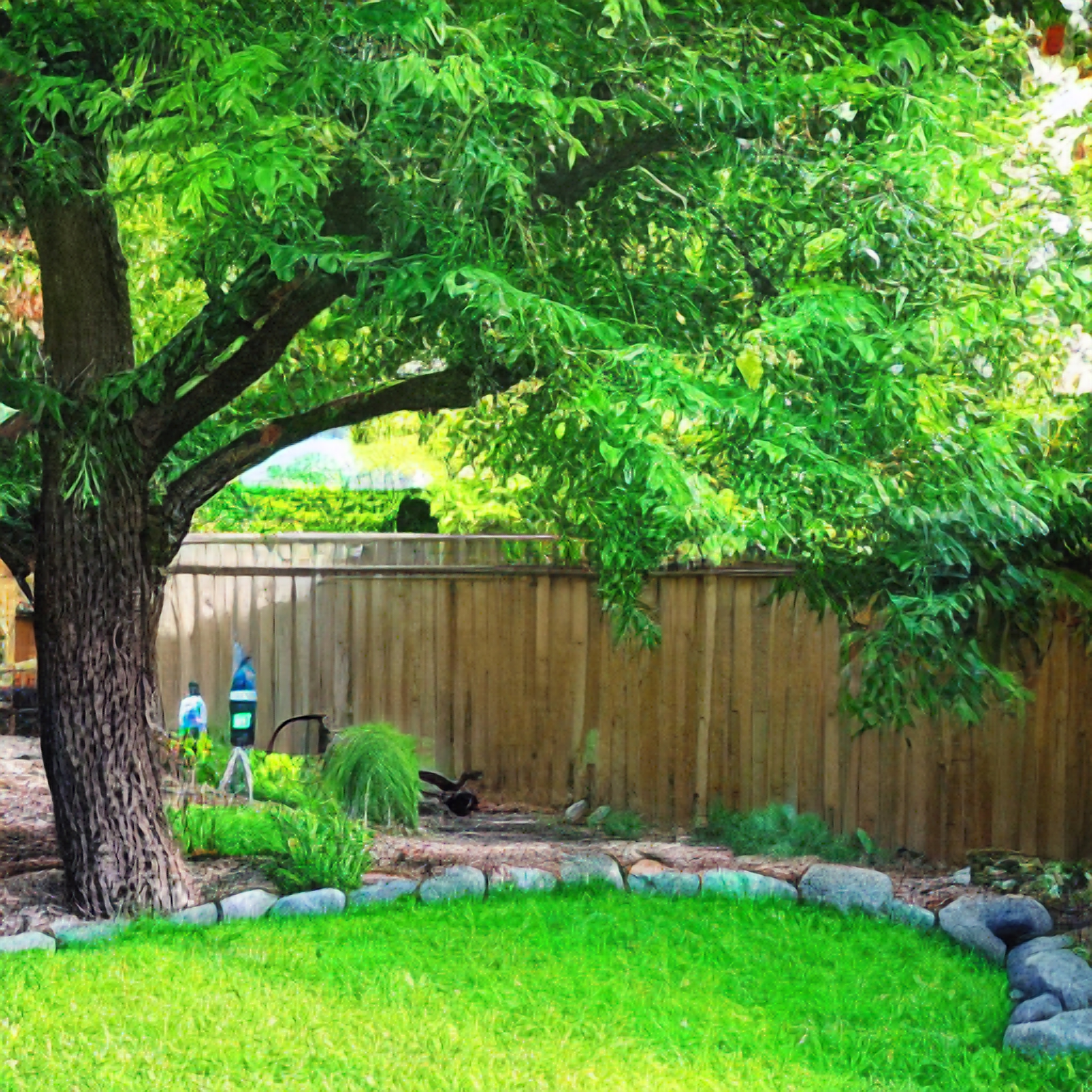
All Rights Reserved | TreeSolve



